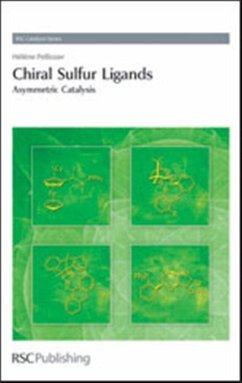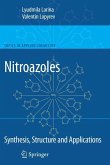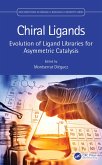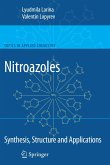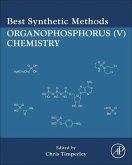The preparation of chiral compounds is an important and challenging area of contemporary synthetic organic chemistry, mainly in connection with the fact that most natural products are chiral and their physiological or pharmacological properties depend upon their recognition by chiral receptors, which will interact only with molecules of the proper absolute configuration. The use of chiral drugs in enantiopure form is now a standard requirement for virtually every new chemical entity, and the development of new synthetic methods to obtain enantiopure compounds has become a key goal for pharmaceutical companies. The impressive number of reports dealing with the use of chiral sulfur-containing ligands for asymmetric catalysis is well representative of the success of such ligands to promote numerous catalytic transformations. Chiral sulfur-containing ligands represent a highly efficient class of ligands applicable in a broad variety of reaction types, also in view of some peculiar properties, which differentiate them from more popular ligands such as phosphorus- or nitrogen-containing ligands. Whereas the synthesis of chiral phosphorus ligands is often complex and difficult, the preparation of chiral sulfur compounds is much more convenient. Consequently, a wide diversity of chiral sulfur-containing ligands, more than forty different classes, is easily available either directly from the chiral pool or by facile modifications of other heteroatomic ligands. Many of the sulfur-containing ligands have only recently appeared in the literature, and it is clear that their application in asymmetric catalysis will undoubtedly increase in the near future for a number of additional asymmetric reactions, due in part to their easy synthesis. Moreover, due to their great stability, asymmetric heterogeneous catalysis seems to be a good way to develop the potential of these ligands in an economic and environmentally friendly manner. The goal of this book is to provide to researchers and professionals of academic and industrial laboratories with a broad overview of the works concerning the use of chiral sulfur-containing ligands in one of the most important focal areas in organic synthesis, asymmetric catalysis. The book is divided into ten chapters corresponding to the different types of reactions based on the use of complexes containing chiral sulfur ligands, such as:- * allylic substitution * conjugate addition * addition of organometallic reagents to aldehydes * addition of organozinc reagents to ketones * Diels?Alder reaction * cyclopropanation * Heck-type reactions * hydrogenation * hydrogen transfer * miscellaneous reactions

